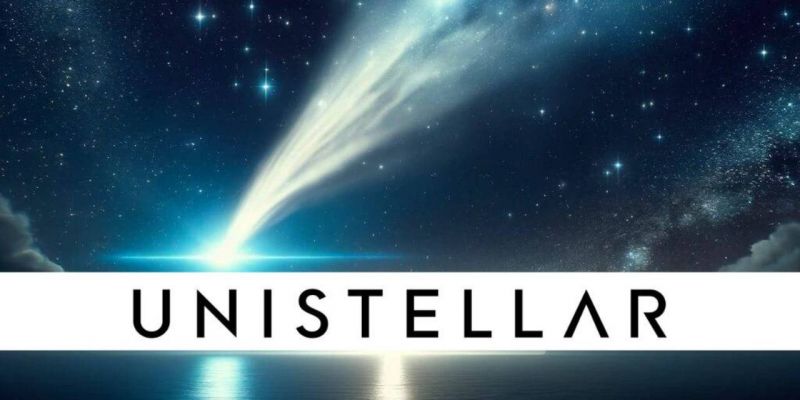50 data scientists and technologists spent a weekend devising code that could aid in the radio signal detection of extraterrestrial intelligence.

On June 10 and 11, 2017, the SETI Institute of Mountain View CA, invited data scientists and technologists to a hackathon called Machine Learning For SETI (ML4SETI). Fifty participants spent the weekend hacking away at the SOMA Galvanize facility in San Francisco. The accompanying code challenge will continue through July 31. See https://www.seti.org/ml4seti for the invitation to the hackathon.
The mission was to help the SETI Institute develop new signal classification algorithms and models that can aid in the radio signal detection efforts at the SETI Institute's Allen Telescope Array (ATA) in Northern California. Participants were encouraged to explore machine learning and deep learning techniques that may one day become part of the ATA signal detection pipeline.
The event was organized by IBM and the SETI Institute. IBM graciously provided participants these compute resources:
- weekend access to IBM Watson Visual Recognition
- weekend access to an IBM Apache Spark Enterprise cluster
- weekend access to IBM PowerAI Deep Learning Platform on Nimbix Cloud machines (IBM Minksy system:128-threads, 4x NVIDIA Tesla P100 GPUs, 128 GB RAM)
- tutorials covering IBM Watson VR, Tensorflow, and Skymind's DL4J
- extended trial account on IBM Bluemix
- extended trial account on IBM Data Science Experience
There was enough compute power to develop any new methods participants could dream up. Test signal data, with artificially embedded signals from the ATA, was provided for participants to use in this code challenge.
Throughout the weekend, SETI Institute scientists Dr. Jill Tarter, Dr. Gerry Harp, and Jon Richards gave talks about SETI, the radio data processing, and operations at the ATA.
To learn more or to register for the code challenge, please click here.





